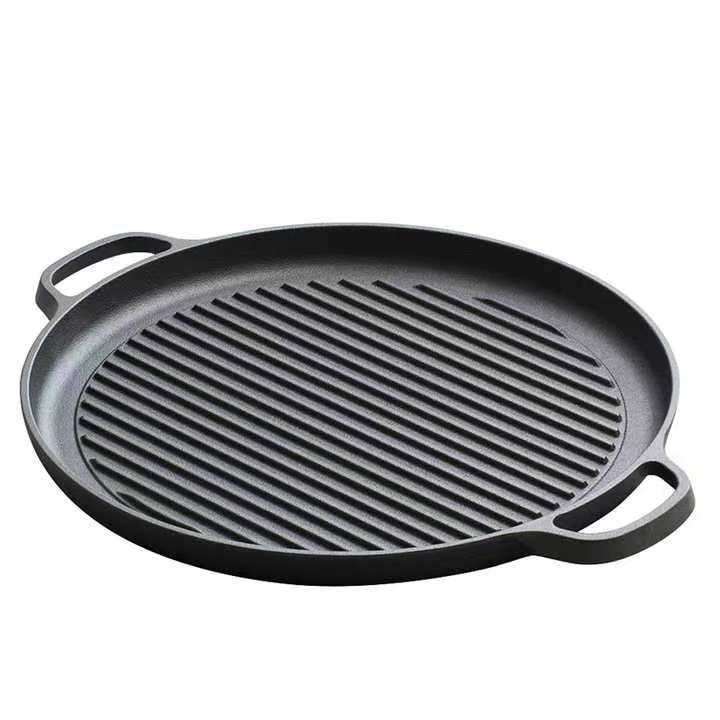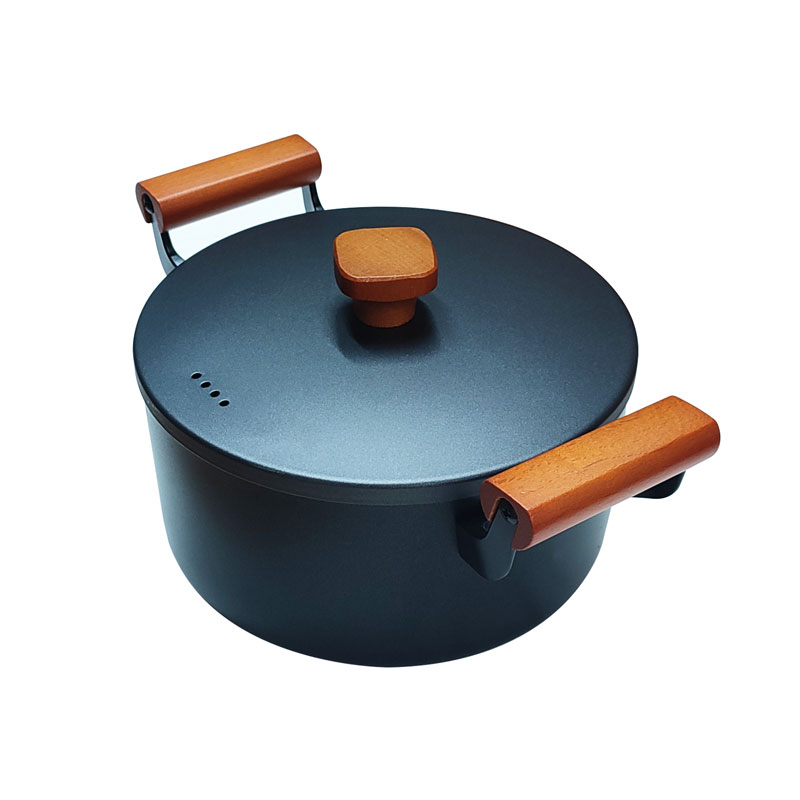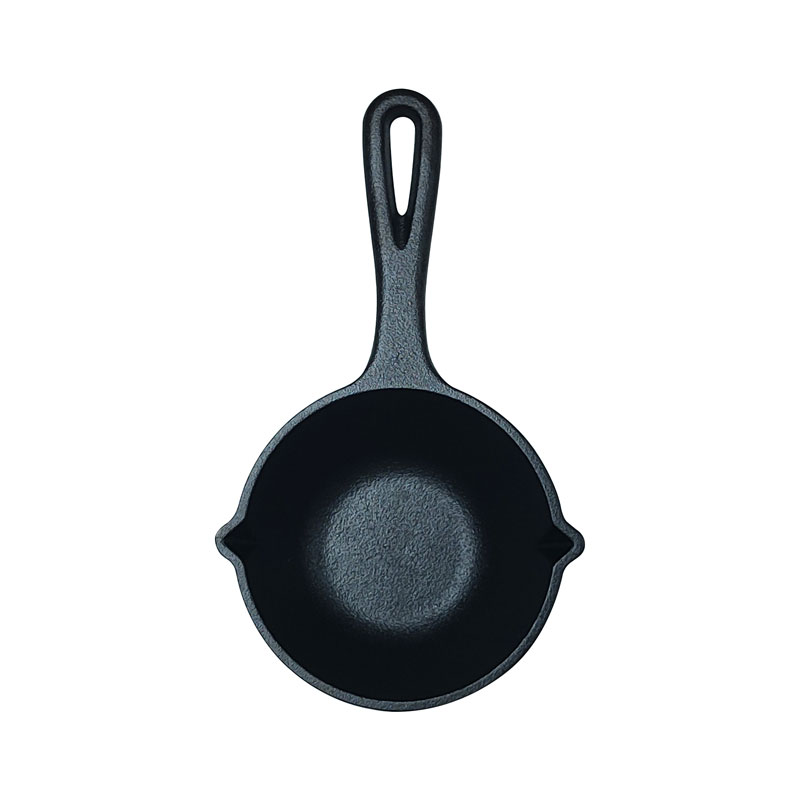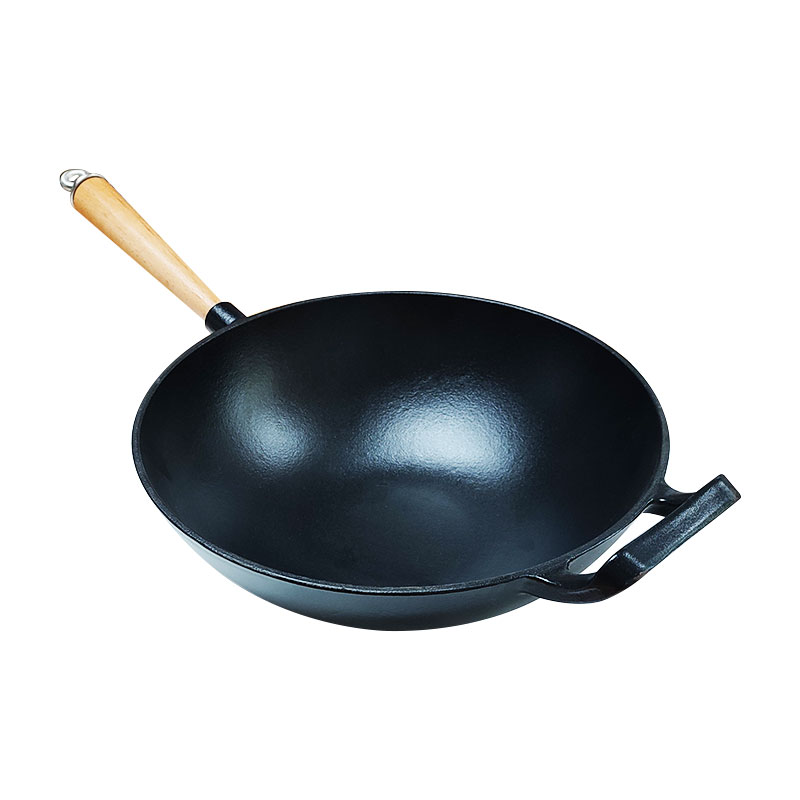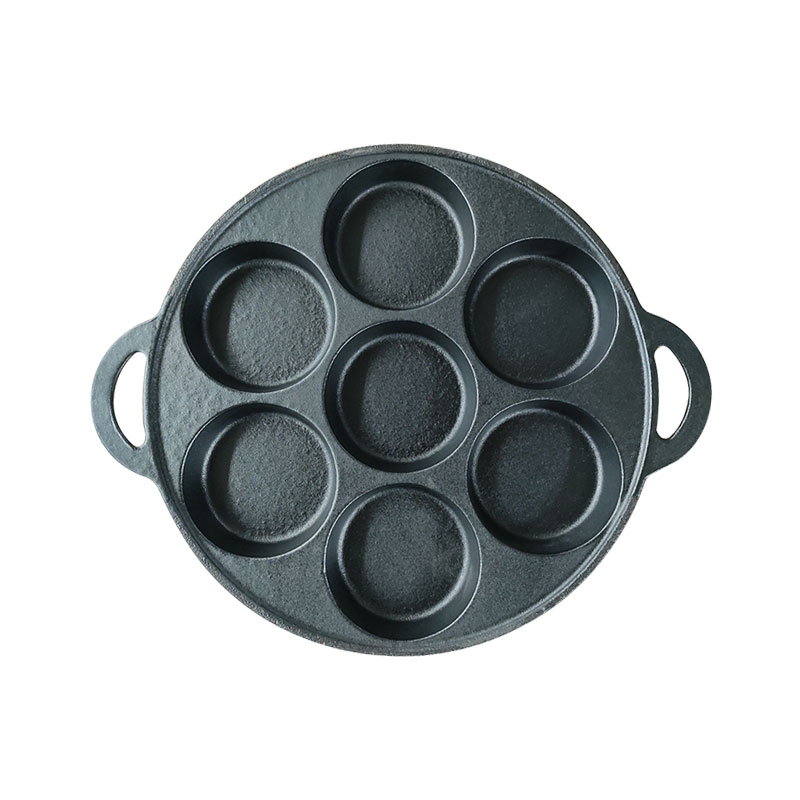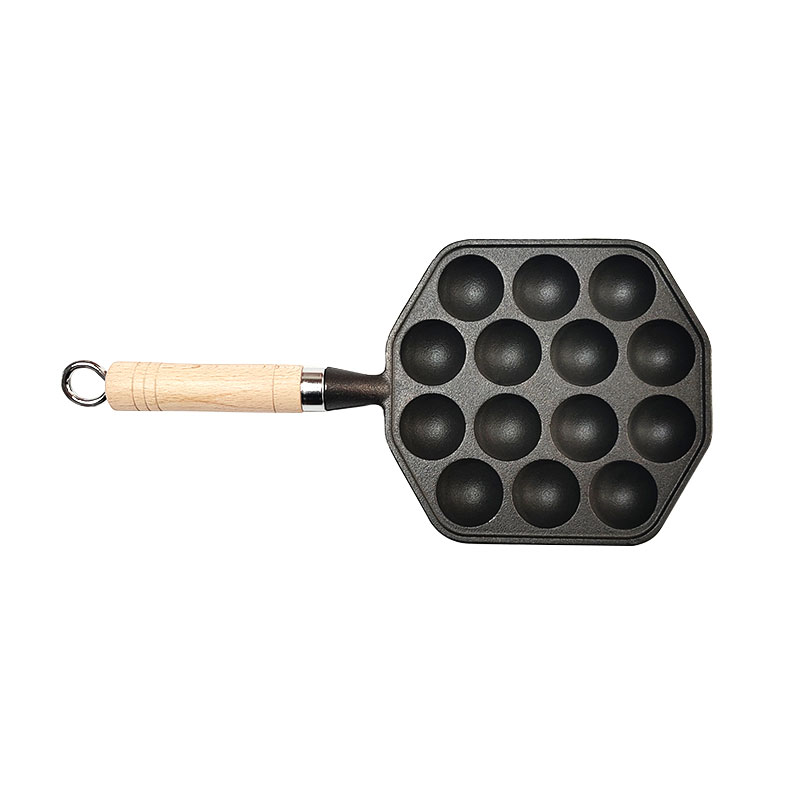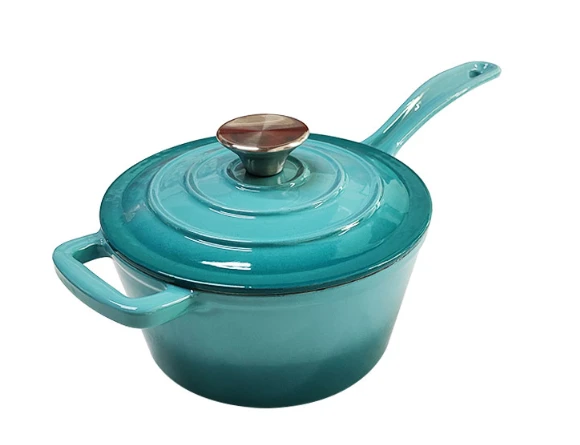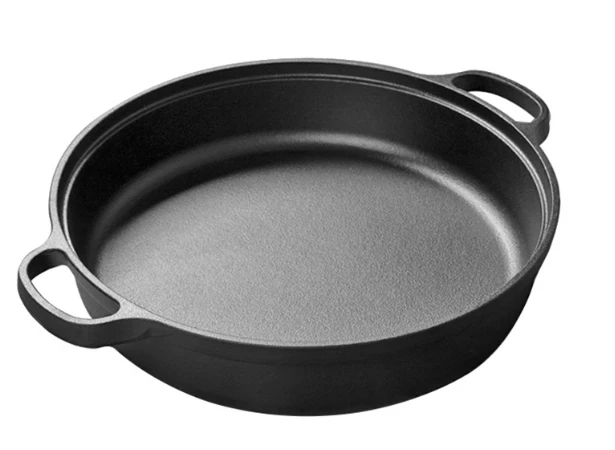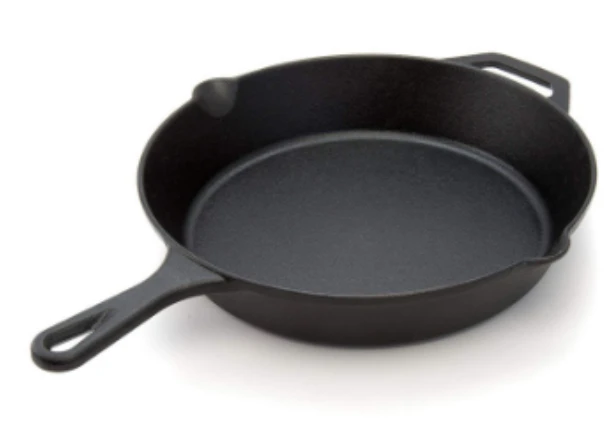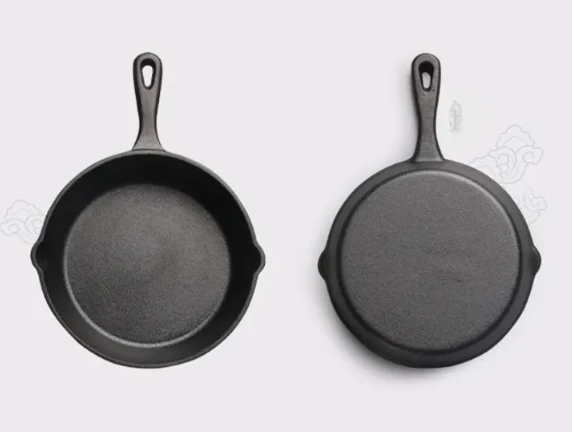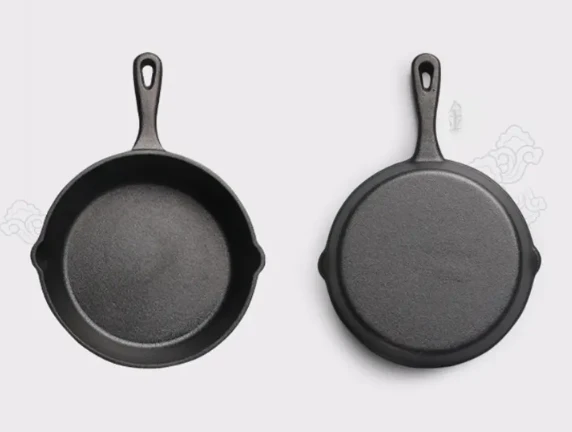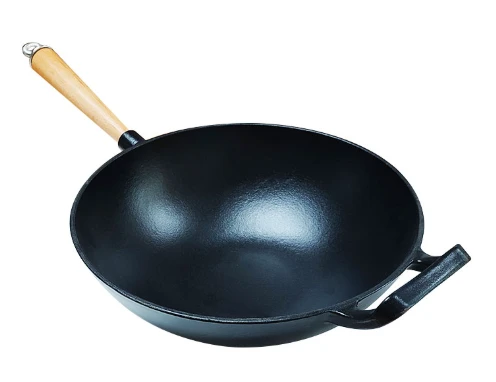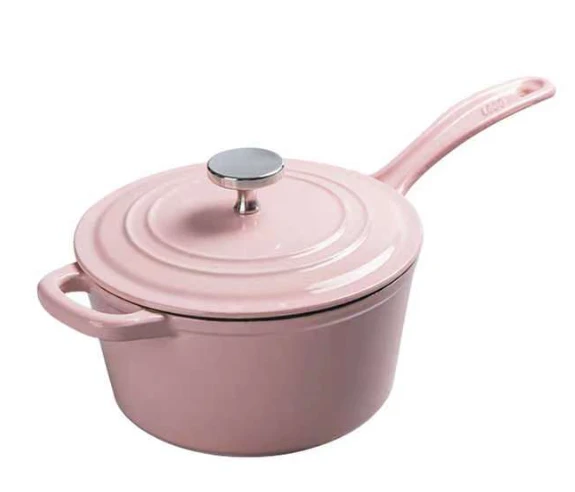- Aprikano
- Albaniano
- Amharic
- Arabiko
- Armenian
- Azerbaijani
- Basque
- Belarusian
- Bengali
- Bosnian
- Bulgarian
- Catalan
- Cebuano
- Corsican
- Croatiano
- Czech
- Danish
- Dutch
- English
- Esperanto
- Estonian
- Finnish
- Pranses
- Frisian
- Galician
- Georgian
- Aleman
- Griyego
- Gujarati
- Haitian Creole
- Hausa
- hawaiian
- Hebreohanon
- Dili
- Miao
- Hungarian
- Icelandic
- igbo
- Indonesian
- irish
- Italyano
- Hapon
- Javanese
- Kannada
- kazakh
- Khmer
- Rwandan
- Koreano
- Kurdish
- Kyrgyz
- Pagtrabaho
- Latin
- Latviano
- Lithuanian
- Luxembourgish
- Macedonian
- Malagasy
- Malay
- Malayalam
- Maltese
- Maori
- Marathi
- Mongolian
- Myanmar
- Nepali
- Norwegian
- Norwegian
- Occitan
- Pashto
- Persianhon
- Polish
- Portuges
- Punjabi
- Romaniano
- Ruso
- Samoano
- Scottish Gaelic
- Serbiano
- English
- Shona
- Sindhi
- Sinhala
- Slovak
- Slovenian
- Somali
- Kinatsila
- Sundanese
- Swahili
- Swedish
- Tagalog
- Tajik
- Tamil
- Tatar
- Telugu
- Thai
- Turko
- Turkmen
- Ukrainiano
- Urdu
- Uighur
- Uzbek
- Vietnamese
- Welsh
- Tabang
- Yiddish
- Yoruba
Cast Iron Stockpot FAQs
Is This Stockpot Pre-seasoned?


Yes, it comes pre-seasoned for immediate use.
Can It Be Used on Open Flame?


Yes, it's safe for campfires, stoves, and ovens.
Is the Handle Heat-Resistant?


No, use a glove or mitt—the cast iron handle gets hot.
How Much Does It Hold?


Capacity varies by size—check product details for exact volume.
How Do I Clean and Store It?


Hand wash, dry thoroughly, and apply a thin oil layer.


Pangutana Karon alang sa Mga Deal sa Cast Iron Cookware
Palihog Pun-a Ang Porma sa Ubos Ug Ang Among Team Mobalik Kanimo Uban ang Presyo, Mga Detalye sa Produkto, Ug Mga Opsyon sa Pag-customize.










